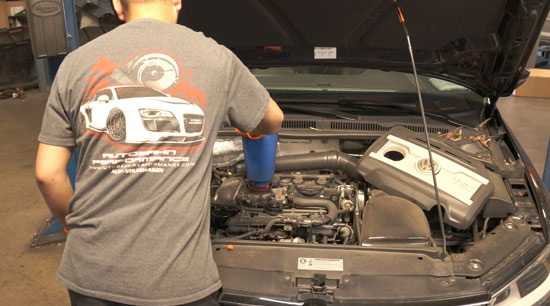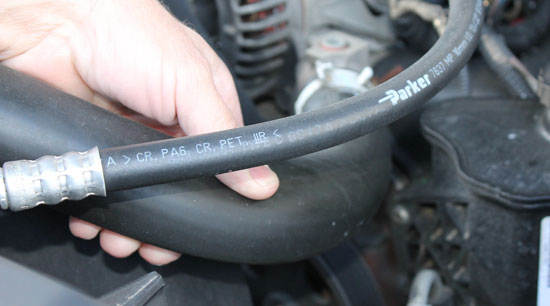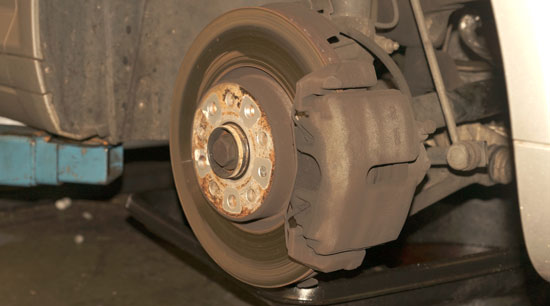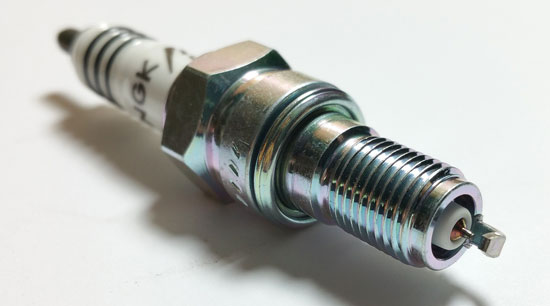
If you believe your monthly car and insurance payment are the only cost of owning a vehicle, it may be time to reevaluate your perspective. Besides the fill-ups at the gas station, there’s the occasional car wash, annual inspection, state tax, depreciation, and don’t forget about routine maintenance.
All else aside, investing in routine maintenance will give you the greatest ROI (return on investment). Putting off small easy to repair issues can quickly escalate into major and expensive repairs or leave you broken down on the highway waiting for roadside assistance.
Through routine car maintenance, small issues can be detected and inexpensively corrected. In this article, the mechanics of Autobahn Performance demonstrate the price of fixing small issues vs. major repairs, how one leads to the other, and how it all factors into the real cost of owning an automobile.
Preventative Auto Maintenance Vs. Major Repairs
The following is a comparative cost analysis of how ignoring minor repairs can quickly lead to costly major repairs (Values are in US dollars and may vary depending on make, model, and year of vehicle. Taxes are not included).
Scenario 1: Leaky Valve Cover
Due to high engine temperatures, it is common for the valve cover gasket to get brittle and break as the vehicle ages.

Repairs for a leaky valve cover on a TSI (Turbocharged Stratified Injection) may run between $360 to $450.
If ignored, the following additional repairs may be needed as a result:
- Damaged Rubber Hoses – Depending on the hose from $130 to $400.
- Damaged Water Pump – ranging from $770 to $1,040.
- Damaged Rear Main Seal – ranging from $140 to $420.
|
Cost Benefit of Regular Maintenance
|
Cost of Regular Maintenance + Damages
|
|
|
Addressing this issue early may cost up to $450
|
Continued vehicle operation may lead to expenses of $2,310 or greater.
|
Scenario 2: Routine Oil Change
Oil changes for newer vehicles are prompted through an indicator light or message on the control panel as a result of various factors. Average ambient temperature, type of driving, weather conditions, and trailer towing all play a factor in the recommended oil change interval. The old 3,000 mile rule no longer applies in newer vehicles. To learn more about when oil changes are necessary, read this article.

A routine oil change will run anywhere between $70 to $100.
Neglecting oil changes when they are due may lead to:
- Sludge – This is a serious issue and resulting complex repair that can range from $3,000 and up.
|
Cost Benefit of Regular Maintenance
|
Cost of Regular Maintenance + Damages
|
|
|
Addressing this issue early may cost up to $100
|
Continued vehicle operation may lead to expenses of $3,100 or greater.
|
Scenario 3: Coolant Leak
Engine coolant leaks commonly occur in the hoses connecting the radiator or heater core to the engine. Other possibilities include leaks from the engine block or the radiator itself.

Repair costs for a coolant leak depend greatly on the origin of the leak and this repair can exceed $400.
Coolant leaks are very serious and should not be ignored. This problem could result in:
- Blown Head Gasket – This labor intensive repair ranges from $1,070 to $1,565 or more depending on your vehicle.
|
Cost Benefit of Regular Maintenance
|
Cost of Regular Maintenance + Damages
|
|
|
Addressing this issue early may cost up to $400
|
Continued vehicle operation may lead to expenses of $1,963 or greater.
|
Scenario 4: Brake Pads
The most powerful system of almost any vehicle is its brakes. Over time, the brake pads will wear down and should be replaced. Rotor resurfacing or replacement may be needed as well, but at much greater intervals. As long as your brake pads are replaced when needed, the brake systems’ calipers rarely need to be replaced.

Brake pads are replaced in pairs. Replacing the pads ranges from $180 to $230.
Failure to address worn brake pads can lead to damaged:
- Rotors – Replacing the rotors can cost anywhere from $330 to $450 depending on your vehicle’s make and model.
- Calipers – Brake caliper replacement can range from $230 to $1,080
|
Cost Benefit of Regular Maintenance
|
Cost of Regular Maintenance + Damages
|
|
|
Addressing this issue early may cost up to $230
|
Continued vehicle operation may lead to expenses of $1,760 or greater.
|
Scenario 5: Torn CV Joint Boot
CV boots have some plastic components that become dry or brittle over time as they are exposed to the elements, causing them to crack or tear. Once torn, the joint will typically leak oil onto the inside of the wheel, which allows dirt and moisture to reach the joint. This damages the joint and can lead to a bad axle – hey further expense. A common sign that there is CV trouble is a clicking sound when making a turn.
A torn CV (constant velocity) joint boot replacement ranges from $280 to $470.
Neglecting this issue may result in:
- Bad Axle – Front axle replacements range from $1250 to $1750.
|
Cost Benefit of Regular Maintenance
|
Cost of Regular Maintenance + Damages
|
|
|
Addressing this issue early may cost up to $470
|
Continued vehicle operation may lead to expenses of $2,220 or greater.
|
Watch this video to hear the sound made from a bad CV joint or damaged axle.
Scenario 6: Worn Spark Plugs
Spark plugs are responsible for one of the three elements that all combustion engines require to operate. Air, fuel, and spark all work in tandem from engine ignition to engine shut down. Over time, spark plugs may lose their effectiveness or simply fail. When they do, here’s what you can expect:
Replacing your vehicle’s spark plugs can range from $180 to $250.

Failure to address worn spark plugs will result in:
- Poor gas mileage, loss of power, engine misfiring, and difficulty starting the engine.
When having the spark plugs replaced, have the ignition coils tested and replaced if necessary. Replacing the ignition coils ranges from $150 to $265
|
Cost Benefit of Regular Maintenance
|
Cost of Regular Maintenance + Damages
|
|
|
Addressing this issue early may cost up to $250 without factoring in the engine coils.
|
Continued vehicle operation may lead to increased fuel expenses and extensive engine damage, with costs reaching several thousands of dollars.
|
Scenario 7: Check Engine Light
When the check engine light comes on, don’t panic. Find a place to safely pull over and verify that your gas cap is properly fastened. Evaporating gas will initiate the check engine light.
If that does not resolve the issue, you should take your vehicle to a trusted mechanic or service shop for an immediate diagnosis. There are numerous mechanical, system malfunctions and irregularities which could cause it to come on.
Failure to timely address a lit check engine light could result in serious emissions issues, internal engine damage, or the seizing of the engine altogether.
Automobile Ownership Responsibilities and Costs
As you can see, owning and operating a vehicle is more than just “plug & play”. The real cost of owning a vehicle goes far beyond its financed value and your responsibilities are more than occasionally filling up the gas tank.
A study published in 2017 by the US Bureau of Labor Statistics shows the average annual maintenance and repair costs for vehicles was $849.00.
This same study revealed that after vehicle cost and financing, insurance, repairs and maintenance, licensing, taxes, and other expenses, average consumer spending on vehicles topped $8,427 in 2016.
Watch this video to see how different sized vehicles have different average annual costs.
Vehicle Owner’s Manual and Service Intervals
Your vehicle’s owner’s manual (every vehicle has one) contains a regular maintenance schedule. These manuals are produced by the manufacturers after a multitude of tests and performance evaluations have been conducted.
Remain aware that your driving habits and general driving conditions may require you to service your vehicle earlier or more frequently than directed by the manual.
If you have misplaced or simply cannot locate your owner’s manual, there are online resources where you can purchase and download it as a PDF.
Sources:
https://repairpal.com
https://plus.google.com/113049509479264030696
(770) 409-8288